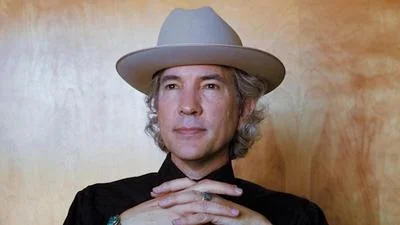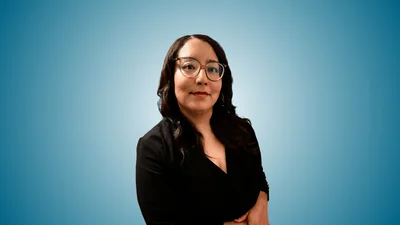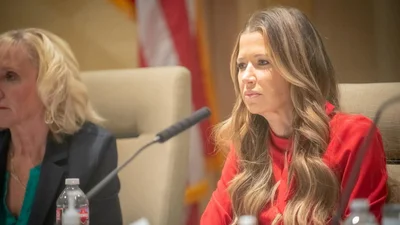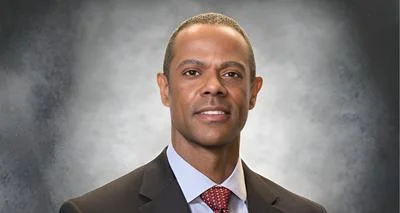Albuquerque officials and local advocates agree the city is experiencing a homelessness crisis, and the Safe Outdoor Spaces project, a proposed solution passed by the city council in June 2022, remains in limbo due to strict permitting and opponents of the program. Since the project's approval, there are only two official homeless shelters in the city, which officials and residents say isn't enough.
After a resolution aimed at simplifying the Safe Outdoor Spaces application and approval process was shot down by city council last month, many are asking how Albuquerque plans to deal with the unhoused population, especially after a judge issued an injunction preventing city workers from removing or destroying homeless camps.
In September, State District Court Judge Josh Allison issued an injunction ordering that the city help people find more permanent shelters and prevent the homeless from having their belongings removed. City councilor Tammy Fiebelkorn issued the now failed resolution as a response to the injunction. She believes Safe Outdoor Spaces is the best temporary solution.
In an interview with KOB4, Fiebelkorn said Safe Outdoor Spaces are an alternative to give folks a place to go while adhering to the injunction, moving people from camping and sleeping in arroyos, bike paths, and city parks.
The city's website defines “Safe Outdoor Spaces” as organized, managed homeless encampments, encircled by 6-foot fencing with 40 designated spaces for tents that allow for upwards of 50 people. Hand washing stations, toilets, and showers are required and entail a management plan.
Currently, the city's homeless shelters include the West Side Emergency Housing Shelter and the Albuquerque Opportunity Center.
CABQ’s Planning Department Public Information Coordinator Tim Walsh told KRQE that no applications to expand Safe Outdoor Spaces have been submitted since September 2022.
“No one deserves to live like we are currently living in Albuquerque,” Aycock said.
With the injunction still in place and the Safe Outdoor Spaces project at a standstill, where do the homeless go from here? City Councilor Brook Bassan, who represents District 4, voted against Fiebelkorn's resolution, calling it, along with Judge Allison's injunction "undemocratic," according to the Albuquerque Journal.
"Mandating something city-wide, without representation or voter approval is not democratic in my opinion," said Bassan. "This topic is something that cannot be forced upon the residents of Albuquerque by only considering the needs of the unhoused. Tax-payers and all residents should be thought of and represented when making decisions that will affect their lives as well."
KOB4 spoke with Mayor Tim Keller about the city’s plan moving forward. KOB4 reports that Keller is adamant that the city’s homelessness resource hub, the Gateway Center, is the best way to address the city's crisis. Keller said the sooner the city can get the center fully funded and up and running the better.
However, the Gateway Center is also embroiled in controversy, as local blogger Pete Dinelli reported last fall.
While other city councilors agree with Keller's assessment, they say Gateway isn't the quick solution they were hoping for, KOB4 reports.
Bassan said the center should be utilized in a much larger fashion than it is now and that drug addiction, behavioral health, and dual diagnosis needs must be reduced through treatment options, which do not currently exist in the necessary capacity.
"We should partner, and assist the non-profits who are already successful in assisting individuals in need," Bassan said. "Truly creating and operating services is necessary."
Aycock said even with the West Side Shelter and Gateway Center’s resources, many experiencing homelessness simply say “no” to these options.
“They don't want to go anywhere else,” said Aycock. “They want to be left alone. They prefer camping outside. I believe there are plenty of places with roofs for the homeless to go.”
For the West Side Shelter in particular, Aycock said many homeless have told her that they do not like the rules, including no drinking, drugs, or sex and that they can refuse rehab and mental treatment if they remain on the streets.
The shelter can hold roughly 640 people, providing food and some medical services year-round for ages 18 and up.
According to the New Mexico Coalition to End Homelessness, there are 2,394 people experiencing homelessness in Albuquerque, which is an 83% increase from 2022. Aycock said those who are truly homeless do have options and services.
“Homeless must be housed for everyone's good," Aycock said. “That's not to say that homeless are given a free motel room indefinitely to do as they please, without rules."





